
A young woman from a small German principality stepped into Russia’s royal circle and emerged as one of history’s most commanding monarchs. Her power plays, cultural ambitions, sweeping reforms, and sharp mind still echo through palaces and books alike. Here’s how her rise reshaped an empire and left lessons worth revisiting.
Born A German Princess With Royal Ambitions
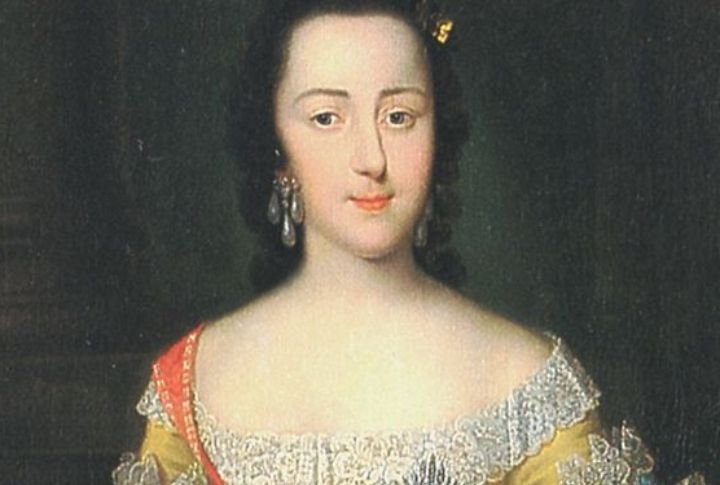
Long before she ruled Russia, Sophie Friederike Auguste von Anhalt-Zerbst entered the world on May 2, 1729, in Stettin, Prussia—today’s Szczecin, Poland. Daughter of a minor German prince with ties to Holstein royalty, she was raised with one clear mission: secure a politically strategic marriage that would change her fate.
Married Into Russian Royalty At Age Sixteen
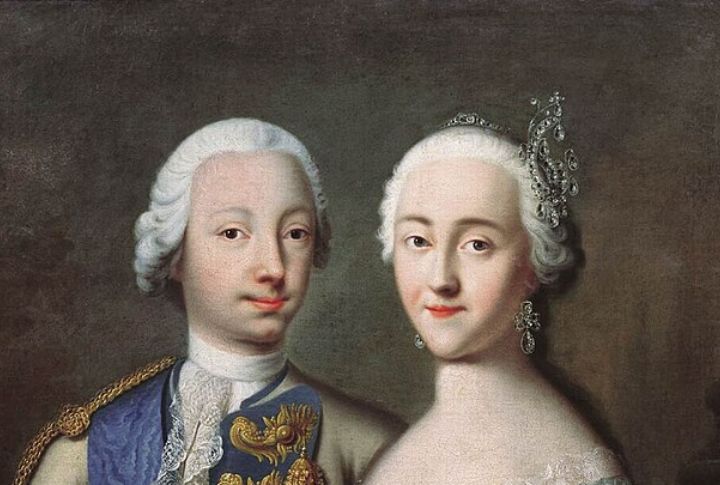
At just sixteen, Sophie’s plan took shape. She married Grand Duke Peter of Russia in 1745, converted to Russian Orthodoxy, and took the name Catherine Alekseyevna. Strengthening Russo-Prussian ties was the whole point of this match. Despite her foreign blood, Catherine quickly found ways to gain favor at the Russian court.
Seized Power Through A Bold Palace Coup
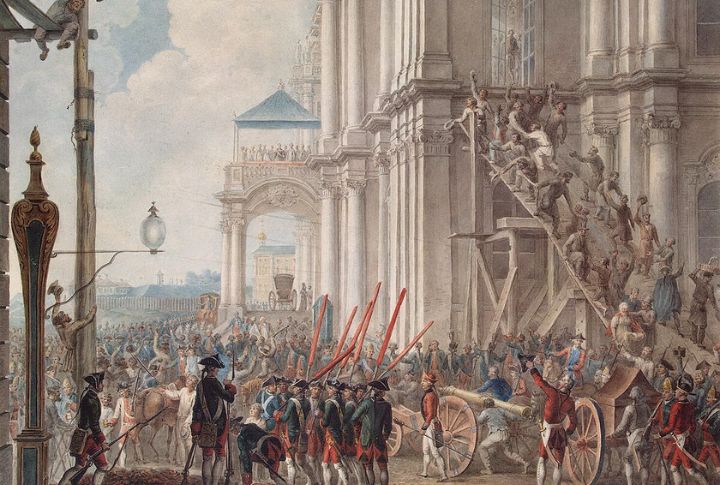
The Russian throne didn’t simply pass to Catherine—she seized it by force and strategy. After Peter III ruled for six months, she deposed her husband and became Empress of Russia in 1762. Supported by powerful nobles, she held the throne while Peter III’s life ended soon after his abdication.
Embraced Enlightenment Ideas And Thinkers
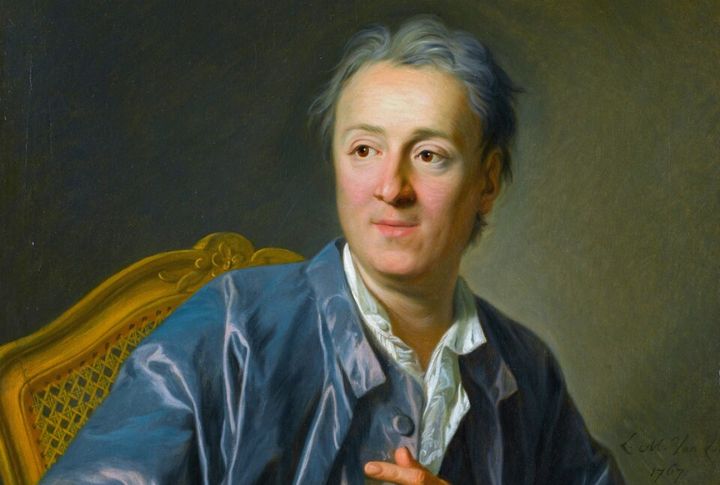
With her rule firmly in place, deep thinkers influenced her mind as much as her realm. Catherine traded letters with Voltaire and Denis Diderot, championed law reform and religious tolerance, and wrote “Nakaz,” a progressive guide to reform. Her private library held over 38,000 books, proof that curiosity and influence can share the same palace halls.
Founded The Hermitage And Patronized The Arts
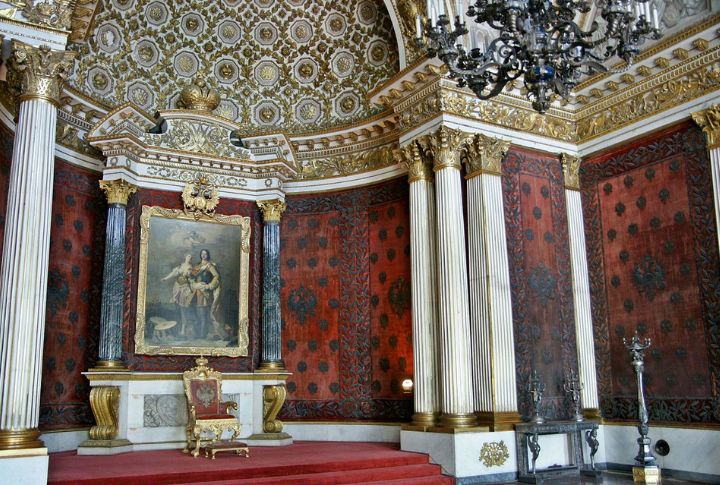
Her love for ideas didn’t stop with books alone. Catherine turned her growing art collection into the Hermitage Museum in 1764, filling it with European masterpieces. She supported Russian theater, literature, and music, and encouraged artists and architects to adopt Western styles that continue to draw crowds to this day.
Expanded Russian Territory Through Diplomacy And Conflict
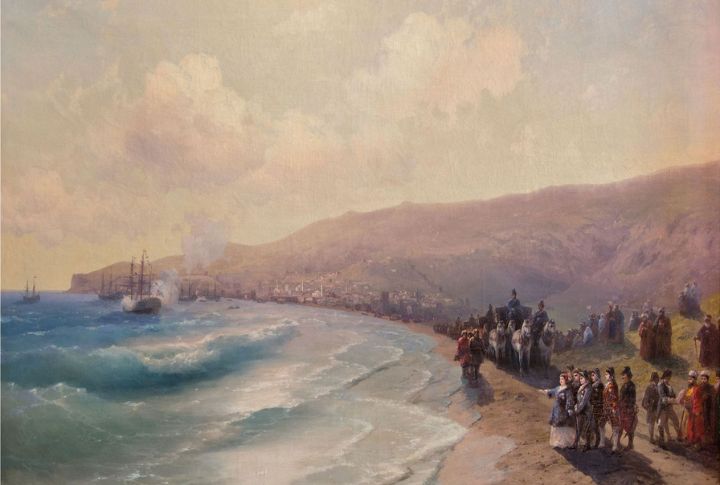
Beyond palaces and museums, Catherine continued to expand the empire itself. She added more than 200,000 square miles to Russia’s map, annexed Crimea in 1783 after defeating the Ottomans, secured land through Poland’s partitioning, and sent Russian settlements into Alaska. Each move made Europe’s diplomats watch her with wary respect.
Championed Smallpox Inoculation And Public Health
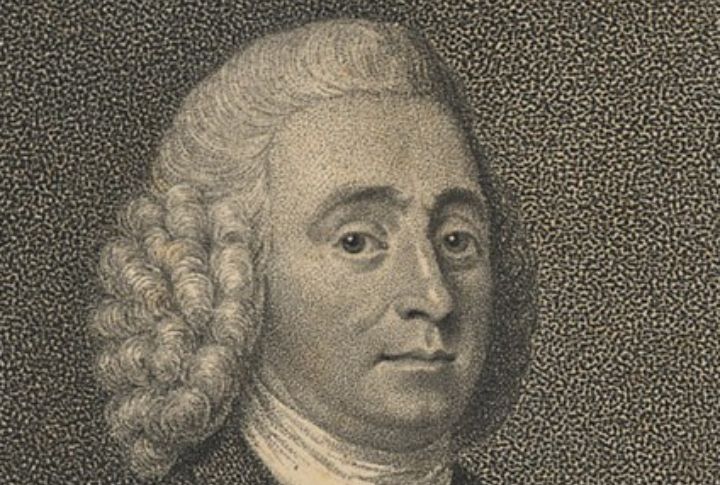
Protecting her growing empire meant facing fear head-on. So, Catherine invited British physician Thomas Dimsdale to inoculate her against smallpox, demonstrating to Russia that there was nothing to fear. Her bold example paid off: millions were vaccinated by 1800. Critics couldn’t stop her push for modern medical advances that safeguarded an entire nation’s health.
Established Education For Women And Nobility
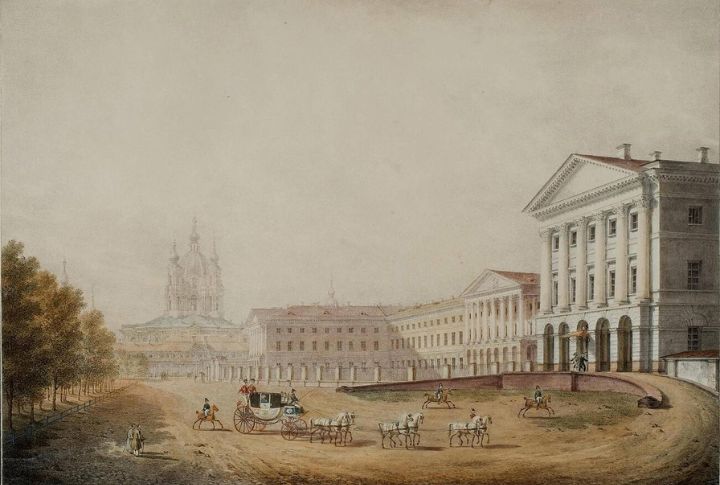
Progress felt personal when Catherine opened the Smolny Institute for Noble Maidens in 1764—Europe’s first state-funded higher education for women. She believed learning mattered to everyone and worked to expand literacy and formal schooling across the realm. For her, raising intelligent citizens was key to advancing Russian society.
Had Numerous Lovers And Political Allies
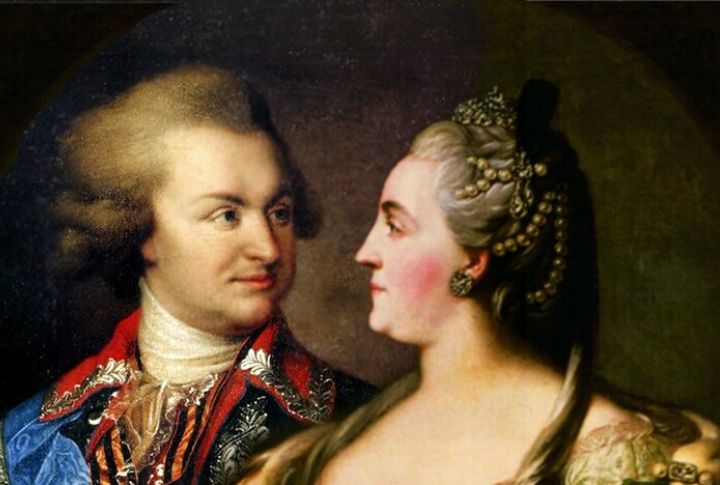
Court gossip always had fresh material because Catherine’s heart and politics mixed well. She shared romantic ties with power players like Grigory Potemkin and rewarded favorites with land, power, and titles. Her trust wasn’t cheap—one loyalist received over 100,000 serfs in a single day, in a bid to secure alliances that strengthened her throne.
Pioneered Russia’s First State-Sponsored Secular Schools For Boys
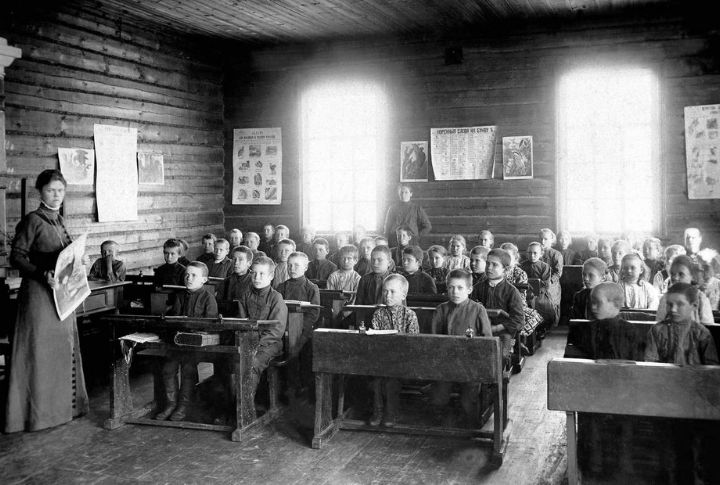
Educating noble girls was just the beginning. Catherine’s 1786 Statute on the Education of Youth established free elementary schools for boys across Russia. New teacher-training programs promoted consistency, forming the blueprint for a nationwide education system that evolved long after her reign.

